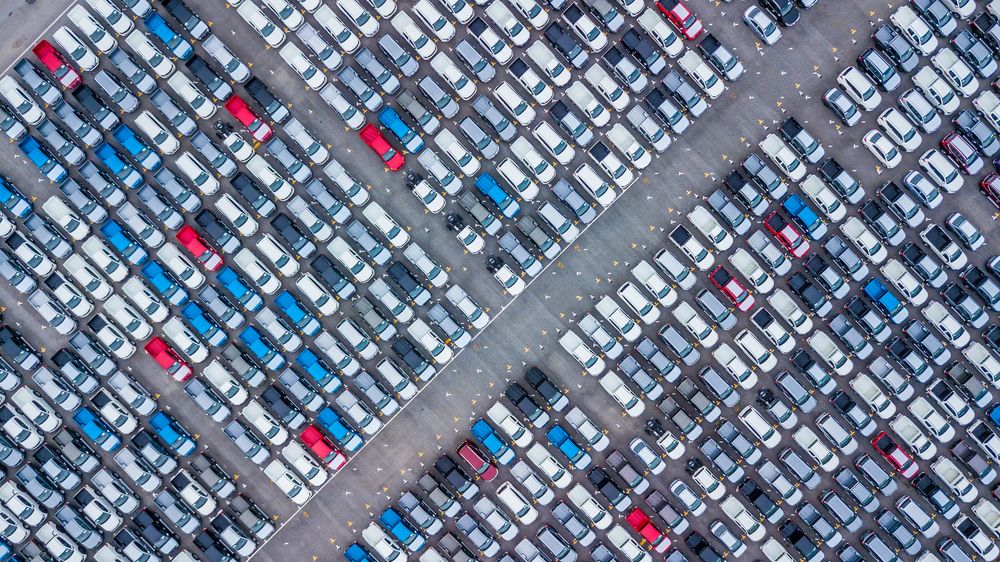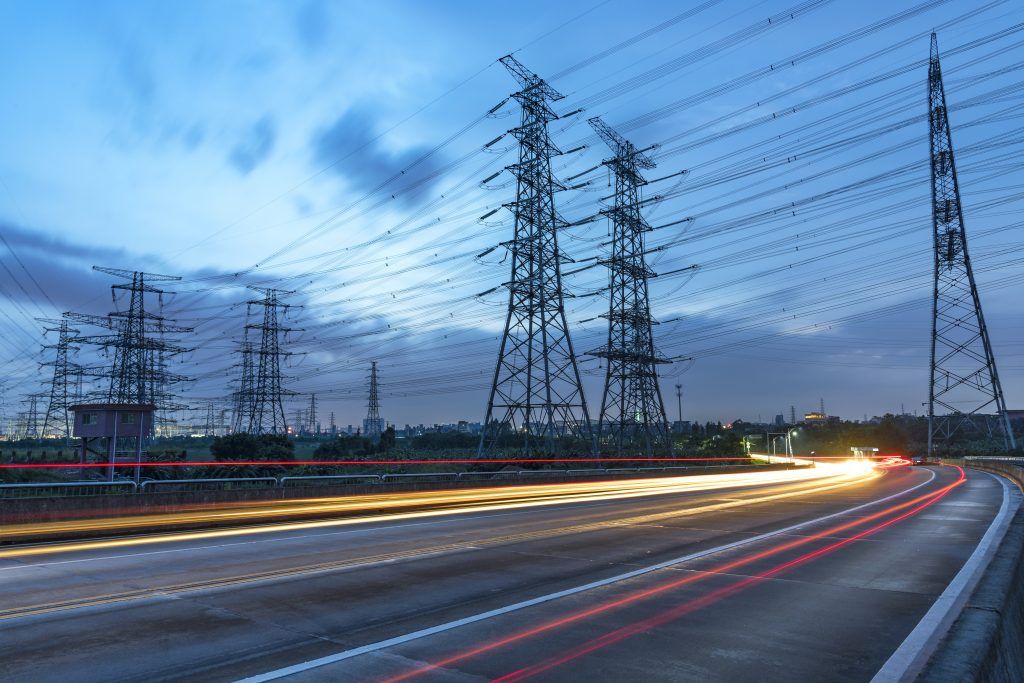Nearly 1,000 new electric vehicle (EV) charge points have been installed at supermarkets in the last 21 months, according to data analysed by Zap-Map and the RAC.
This takes the total number of EV charger units on their sites to 2,059, up 85% from 1,112 in January 2020. This means nearly 8% of all the UK’s 26,000 publicly accessible charge points are located at supermarkets – up from 6.5% in early 2020.
The total number of stores now offering charging facilities for battery-electric and plug-in hybrid vehicles has also more than doubled from 607 in early 2020 to 1,300 in 2021.
Tesco has added more EV chargers than any other supermarket by installing 641 devices, giving it a total of 922 across its 4,008 stores – 676 more than its nearest EV charging rival Asda, which has 246 chargers.
This means the supermarket giant now has charging facilities at 514 of its sites – 372 more than at the start of last year. However, due to the size of its portfolio it means only 13% of its stores have the capability to charge an EV.
Morrisons installed chargers at 112 stores over the 21 months studied by Zap-Map and the RAC giving it a total of 201 sites with EV facilities– and means 40% of its estate now offers EV charging, the greatest proportion of any supermarket.
Its nearest rival Lidl has chargers at a quarter (24%) of its stores after adding EV facilities at 141 locations to give it 203 sites in total. The data shows few supermarkets other than Tesco, Morrisons, Asda and Lidl have, to date, decided to invest heavily in EV chargers for their customers.
The RAC and Zap-Map have both long advocated the importance of supermarkets offering customers charging facilities, due to the fact that customers spend around 45 minutes on average in their stores – an ample amount of time to top up an electric car.
The RAC also believes that availability of rapid charge points is vitally important to enabling drivers to make longer journeys conveniently, as well as own and run an EV, even if they don’t have the facility to easily install a home charger.
Some 280 more rapid charge points have been installed at supermarkets from the start of 2020 to September 2021, meaning there are now 454 of the devices for EV driving shoppers to use.
Morrisons is leading the way with rapid devices at 40% (197 locations) of its 497 stores compared to nearest rival Lidl, which has 150 rapid charging locations, representing 17% of its 860 stores.
While Tesco clearly has more chargers of any speed, it currently lags behind Morrisons and Lidl with when it comes to rapids with just 64 – and all but two of those were added since early 2020.
RAC director of EVs, Sarah Winward-Kotecha, said: “While the majority of drivers going electric will be fortunate enough to be able to charge easily on their driveways at home, for the remainder it won’t be so easy, so having access to free, or affordable, charging facilities at supermarkets is very important, and could even help accelerate EV take-up in the first place.
“Rapid charge points, in particular, make it possible to run an EV easily without access to a home charger as drivers can get their cars topped up in the time it takes them to do their weekly shop. We call on all the supermarket chains to let their customers know what to expect when it comes to EV charging provision and recognise the vital role they play in encouraging many more drivers to opt for electric cars next time they change their vehicles.”
Melanie Shufflebotham, co-founder of the UK’s leading charging point platform Zap-Map, said: “Over the past 12 months there have been more than 130,000 new drivers of 100% electric cars on UK roads and usage of public charging has surged since the lockdown has eased. To support the increased demand, more charge points will be needed in the future, so it is encouraging to see the progress made by the supermarkets.
“These facilities will be good both for ‘top-up’ charging and as a replacement for home charging. As we move towards 2030, it will be important for supermarkets not only to accelerate this roll-out but also to ensure that the consumer experience is as good as possible by providing ‘open-access’ and simple payment options.”
Image: courtesy Zap-Map








